by Tim Mosso
De Bethune ranks among the most exciting independent watch brands extant. Despite “only” 17 years in business and an annual production between 100 and 300 pieces, De Bethune covers immense creative ground. Between its bewildering array of past models (more than 150) and calibers (27 and counting), the sheer fecundity of De Bethune can overwhelm even the most dedicated watch enthusiasts and industry watchers.
Fortunately, the 2011-present DB28 collection has assumed the role of brand icon, anchor model, and catalog constant. An exploration of the DB28 Steel Wheels, a key model within the DB28 range, reveals the many facets of De Bethune design and the core values of the brand.
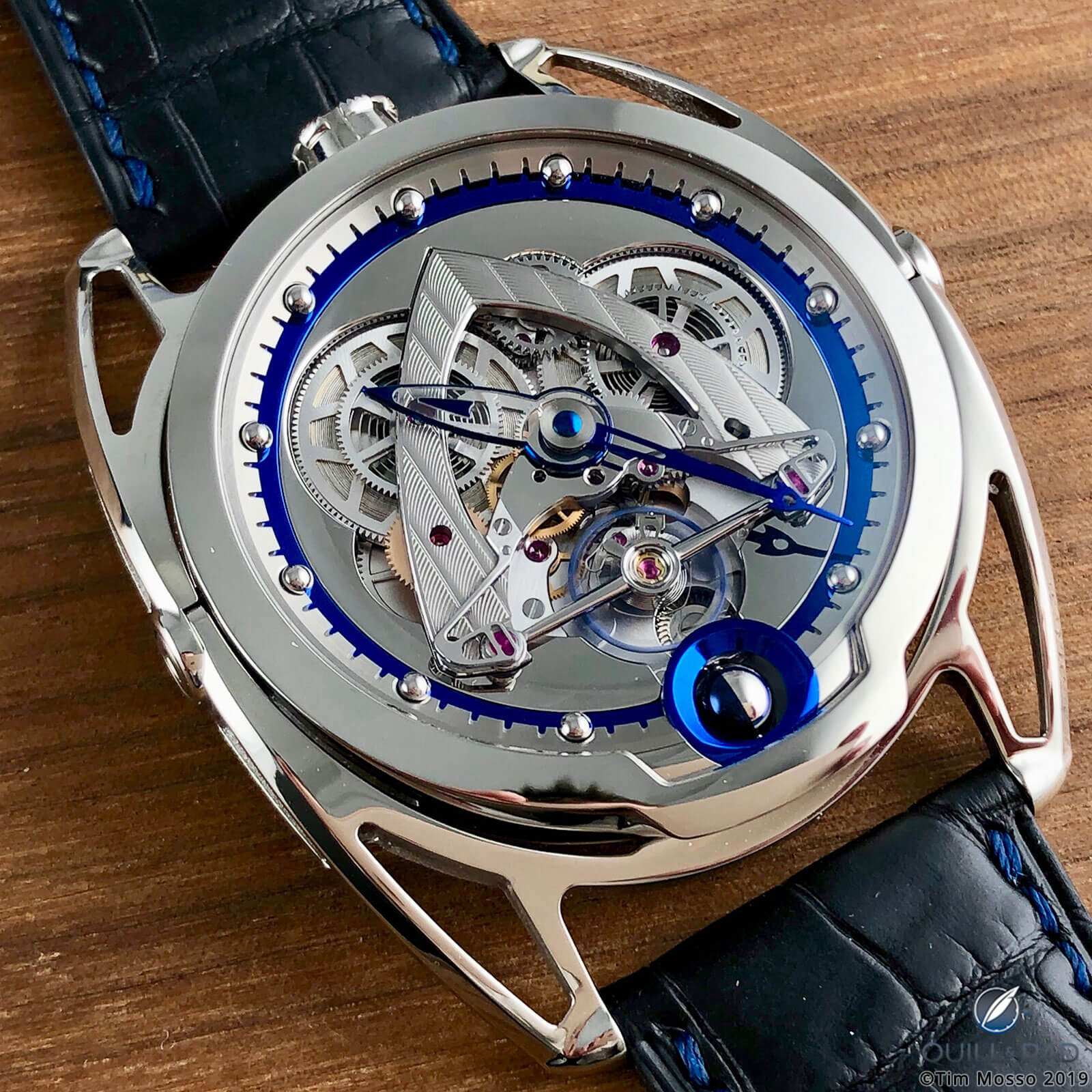
De Bethune DB28 Steel Wheels
De Bethune DB 28: a born winner
The first DB28 launched in 2011 and immediately won the Aiguille d’Or (the top prize) at that year’s “Oscars of watchmaking,” the Grand Prix d’Horlogerie de Genève. No single feature or breakthrough explains the accolade; the DB28 simply looks and works like no other watch on the market then or now.
Like explaining Dada without images or relating a dream, profiling De Bethune’s signature watch is a challenge – where does one start with a subject so alien?

The floating lugs of the De Bethune DB28 Steel Wheels
Start with the lugs and work from the outside inward. If there is one feature that defines De Bethune’s breadwinner, it is the “floating” lug system that varies its geometry to fit the owner’s wrist.
Although inextricably linked to the DB28, this spring-loaded, ergonomic gem was patented in 2006 and launched on 2008’s DB26 perpetual calendar. Even casual observers notice the mobile lugs and often focus their fascination on the feature; watch lugs just aren’t supposed to move this way.
Less prominent though ubiquitous on past and present De Bethune products are the tapered cabochons at the end of the lug swingarms.
These flourishes, variously described as “ogival,” “cones,” “bullets,” and – anachronistically – “Dagmars,” are the sole remaining relic of the original 2002 De Bethune DB1 chronograph, the brand’s first product.
As with all De Bethune models up to 2018, the DB28 reflects extensive design input from Italian watch veteran and brand co-founder David Zanetta. His hand drew the DB1 as well as the conical tapers and influenced virtually every De Bethune product up to his retirement from the brand in 2018.
A brief history of De Bethune
“Heritage” can be a prison and De Bethune’s lack of history pre-2002 allowed the almost yearly transformation of the brand’s watches. While Rolex models emerge and evolve in cycles spanning decades, the De Bethune aesthetic changed so dramatically that 12 months was sufficient to render a previous product virtually unrecognizable from its successor.

De Bethune DB1 Chronograph on the wrist
Consider the contrast between a 2004 DB15 perpetual calendar and the 2006 DB22 power reserve: only the brand logo marks these as products of the same brand.

De Bethune DB15RT (photo courtesy Christie’s)

De Bethune D22TIS5 (photo courtesy WatchBox)
The De Bethune DB28 is a distillation of elements pioneered in previous models.
At 6 o’clock, the spherical moon phase is a legacy of 2004 when the first example landed on the DB15. This is no mean phase de lune: two halves of metal comprise the sphere, one is blued titanium and one is white palladium.
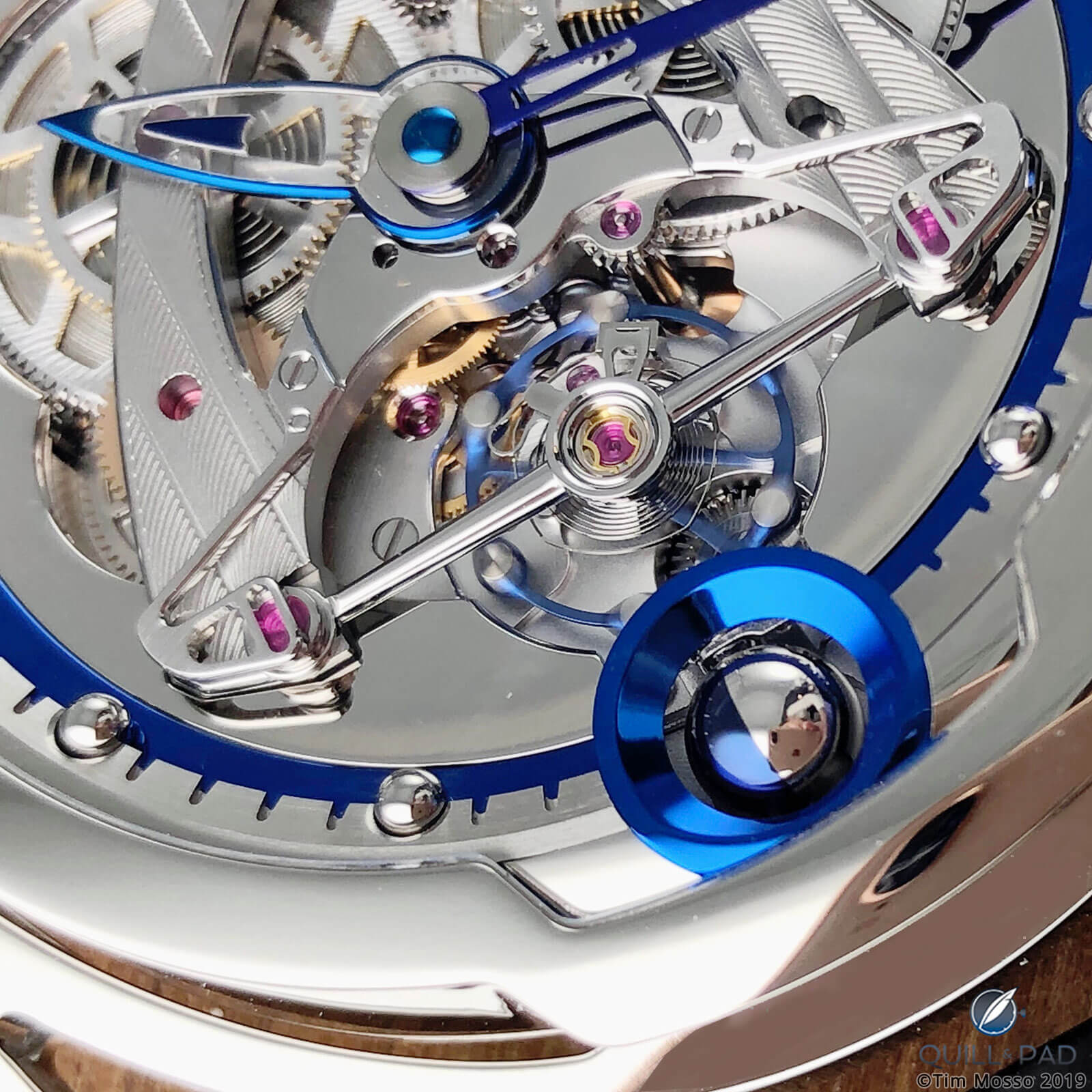
A close look at the moon phase of the De Bethune DB28 Steel Wheels
A small pusher dimple on the 3 o’clock side hides beneath the lugs, but due to the extraordinary precision of the De Bethune moon phase display, the pusher and its accessory stylus only become necessary once every 1,112 years (see The 8 Most Accurate Moon Phase Wristwatches Today).
Dial style: blue titanium and clear sapphire crystal
Previous De Bethune watches have employed non-structural titanium as a techno-industrial embellishment, and the DB28 is no exception. The original heat-oxidized bluing process for De Bethune titanium was pioneered in 2004, and the result is present in force on the DB28 Steel Wheels.
The hour track is composed of a blue titanium ring straddling both sides of the balance bridge. Outboard of the blue strip, a set of polished spherical titanium “hour indices” provide an intuitive reference for reading the time. A slatted flange is ensconced around the dial and provides a sloping transition from the bezel to the dial base; depth of field is excellent.

Hour track of the De Bethune DB28 Steel Wheels
In the center of the dial, hour and minute hands float atop a delta-style skeleton bridge blazon with a micro-texture dubbed côtes De Bethune. The sapphire crystal hour hand ensures that no obstruction will compromise the view of the skeletonized barrel bridge and attendant openworked mainspring barrels.

A close look at the sapphire crystal hands of the De Bethune DB28 Steel Wheels
As with other elements of the Steel Wheels, we’ve seen the sapphire crystal hour hand before, which launched on the DB26 of 2008 as a means to afford unobstructed views of the perpetual calendar. On the Steel Wheels, the result is an ethereal grace and the impression of a dial in suspension.
A specular-polished moat of metal flanks all sides of the gears and evacuated expanses.
DB28 Steel Wheels: a machine designed to be seen
It is impossible to delve any deeper into the DB28 Steel Wheels without acknowledging the central role of the movement itself in the style scheme of the watch.
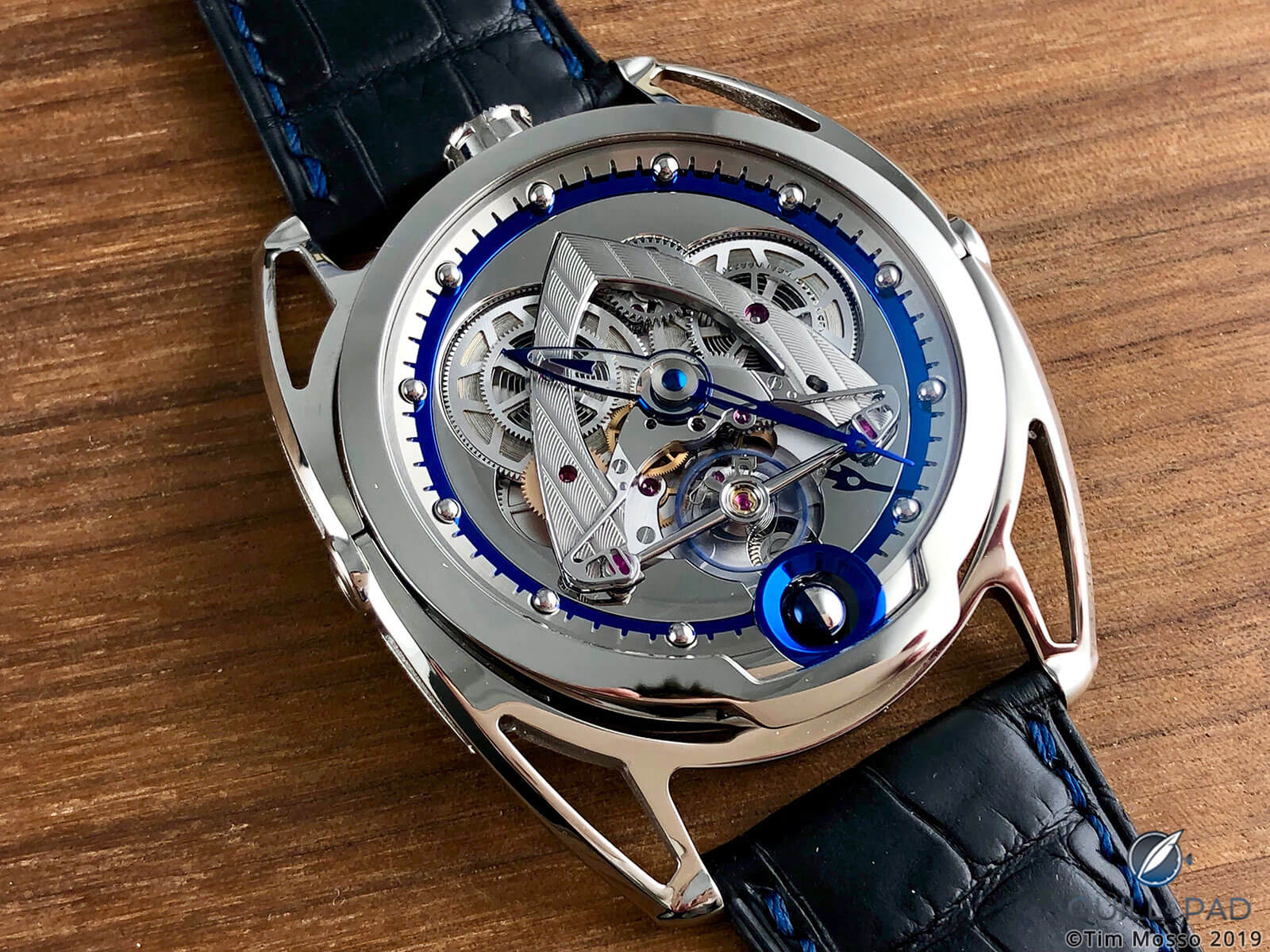
De Bethune DB28 Steel Wheels
Caliber 2115V4 incorporates a number of time-tested but ever evolving De Bethune mechanical innovations. The most obvious is located just above the moon sphere at the base of the dial: an otherworldly balance bridge.
Working from the outside in, the eye meets flanking shock springs that double as the anchors for the balance bridge; this is De Bethune’s “Triple Pare-Chute” system. First offered in 2005, the system updates Abraham-Louis Breguet’s pioneering pare-chute protection with a set of outboard springs supplementing the Incabloc shock protection spring on the balance staff.

De Bethune DB28 Steel Wheels, balance bridge and balance shock protection spring details
At center, the extent of De Bethune’s manufacture integration becomes apparent. The balance wheel is a blued titanium spiderweb set with individual white gold masses. Its goal is a maximum polar moment, maximum thermal stability, and minimum aerodynamic drag.
More than half a dozen in-house De Bethune balance designs have been offered since the first model was presented in 2004. The example on the Steel Wheels is the 2016 model. Rest assured, there are sure to be more.
Under the guidance of founder, partner, and watchmaking chief Denis Flageollet, De Bethune often seems more like a startup technology incubator than a hardware manufacturer.
Denis Flageollet: scientist and watchmaker
Any profile of a De Bethune watch must acknowledge Flageollet, a man who occasionally seems to be more research-and-development scientist than watchmaker.
If François-Paul Journe is the current watch world’s Thomas Edison – the mainstream name and establishment inventor – then Flageollet is the watch scene’s Nikola Tesla. He’s neither a born self-promoter nor inclined to be the life of the GPHG after-party, but he is is a horological genius.

De Bethune DB28 Steel Wheels hairspring detail
Additional evidence of the inveterate innovator’s hand can be seen in the hairspring of the 2115V4. This oddly asymmetrical flat design is a quiet advance in hairspring architecture. While traditional overcoil profiles are effective at centering hairspring mass to avoid positional timing variation, they are thick, vulnerable to shocks, and more subject to damage during service.
The flat hairspring by Flageollet is designed to achieve the concentric beating of an overcoil with the slimness, shock resistance, and durability of a flat hairspring. De Bethune developed and manufactures this hairspring in its own facilities.
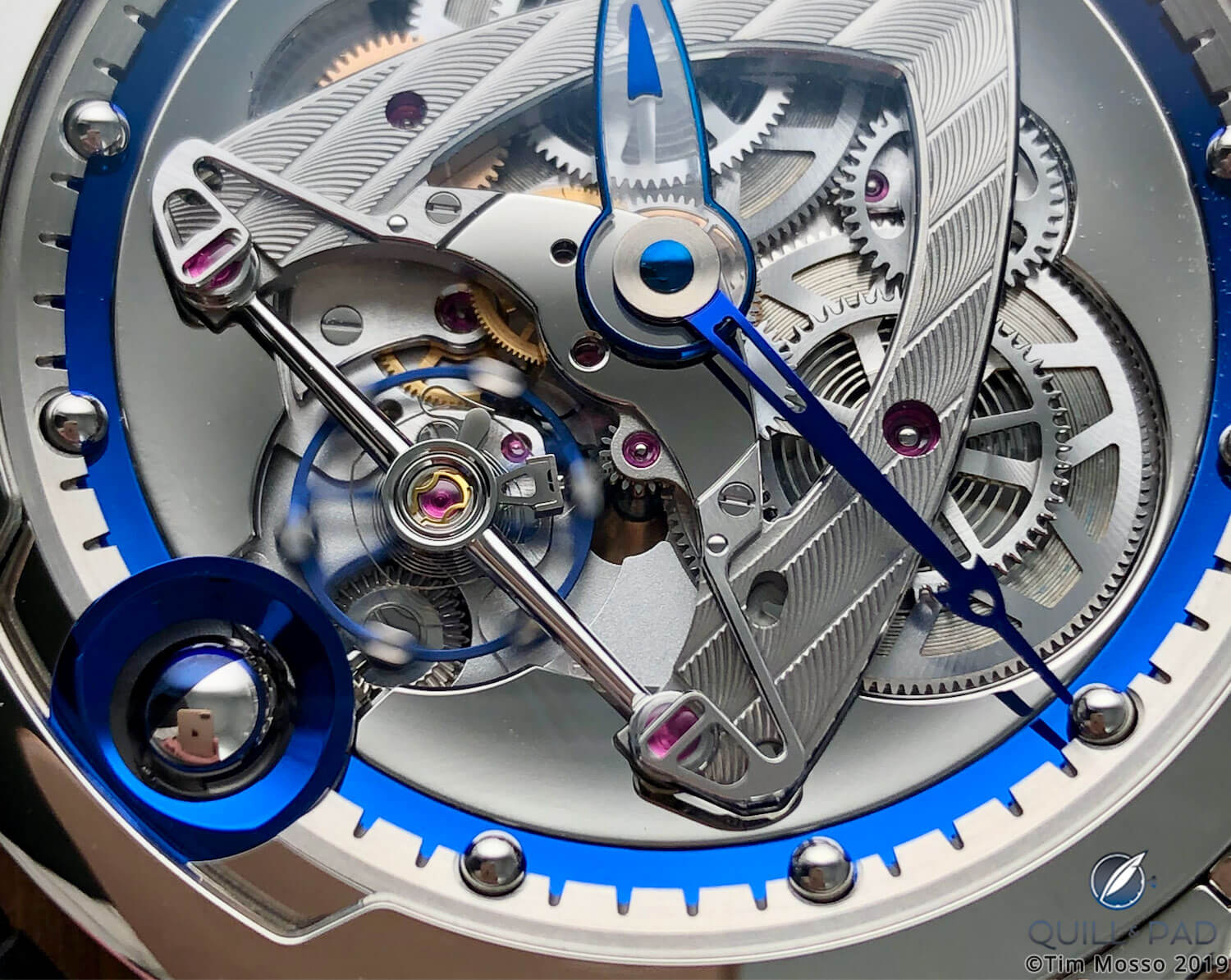
De Bethune DB28 Steel Wheels dial detail
For good measure, a proprietary silicon escape wheel reduces friction in the moment and the variability of mechanical resistance between services.
Traditional haute horolgerie finish in unconventional form
While the Starfleet-chic De Bethune house style and techy appeal deserve their due, traditional bienfacture is alive and well in L’Auberson, Switzerland.
Black polish – the highest standard of finish – is ubiquitous on the Steel Wheels’ dial. The most impressive execution can be seen on the continuously rounded balance bridge.

De Bethune DB28 Steel Wheels center bridge detail
The dial base features so much black (or flat) polish that it could double as a signal mirror. Still more black polish is present within the bounds of the côtes De Bethune below the hands. Screw heads include both poli noir (black polish) and chamfered screw slots.
Titanium – both fired and blued – dominates the dial. The skeletonized titanium barrel bridge at center exhibits world-class anglage on its periphery.

De Bethune DB28 Steel Wheels bridge detail
De Bethune’s design team has gone all out on the dial side, but the case back view has also received a lot of attention. A blue titanium flange includes the scale for the DB28’s six-day power reserve indicator, and the visible mechanism includes handsomely straight-grained satin finish.
Massive expanses of visible engine turning fill the space across the main plate and the bridges of the power reserve system.

De Bethune DB28 Steel Wheels strap and buckle detail
No detail is small enough to escape consideration. The slim and comfortable alligator leather strap includes high-grade ‘gator scales on both sides for longer-lasting durability than the more common hybrid alligator-calf leather straps used by almost all other brands.
The small scales of the strap’s underside contrast thoughtfully with the large rectangular pattern on the top. A highly stylized De Bethune titanium pin buckle echoes the sculptural form of the lugs in a thoughtful display of parallel design.
Real steel: DB28 Steel Wheels in the real world
How does the DB28 Steel Wheels wear? Comfortably – and comfortably secure.

De Bethune DB28 Steel Wheels wristshot
Technically a 42.7 mm round case, the DB28 wears broader due to the additional width imparted by the lug pivots. Despite the out-sized wrist presence that results (think 46 mm), light grade five titanium construction ensures that the eyes-closed impression is of a far smaller timepiece.
The floating lugs live up to their billing and keep the span across the wrist well-tailored to the user. In standard form, the lugs can expand from roughly 58 mm to 53 mm. Different sizes of lugs and straps are available from De Bethune, so the watch’s fit can be fine-tuned to a given wrist during service. The DB28 wears surprising well even on small wrists.

De Bethune DB28 Steel Wheels profile
Hand-wound watches are known for their slender profiles, and the DB28 Steel Wheels is no exception. Despite the stacked dial and ergonomic gymnastics, De Bethune’s champion measures only 11.4 mm thick. That’s a genuine surprise and a pleasure to discover as it renders the DB28 viable with most shirt cuffs, formal sleeves included.
For reference, the current Rolex Daytona averages 12.3 mm across its various metals.
The only practical challenge associated with wearing the Steel Wheels is the ritual of unscrewing the bullhead-style crown. Its location between the top of the case and the floating lug frame means that care is necessary to prevent inadvertent contact of one by the other. Nevertheless, winding this watch once per week otherwise is a pleasure and a privilege that few will know.

De Bethune DB28 Steel Wheels crown detail
At the end of the day, personal taste and circumstances will dictate when and where the Steel Wheels is worn. It is comfortable, slim, legible, and durable. Many will shrink from the prospect of wearing such a visible and visibly different style statement to the office or the kids’ soccer practice. And there’s no denying that this looks like something a starship commander would wear.

Parting shot: De Bethune DB28 Steel Wheels
Still, the underlying hardware is everyday viable. If you’ve got the personal panache and gusto to make this work as a daily, check your restraint at the Stargate, blast off, and never look back.
For more information, please visit www.debethune.ch/en/collections/db28-collection/db28-steel-wheels.
Quick Facts De Bethune DB28 Steel Wheels
Case: grade five titanium, 42.7 x 11.4 mm; 53-58 mm lug-to-lug variable geometry
Movement: manual-wind De Bethune Caliber DB2115V4 with proprietary silicon escape wheel, 144-hour power reserve, 4 Hz/28,800 vph frequency, titanium-white gold balance wheel, Triple Pare-Chute shock protection with Incabloc
Functions: hours, minutes; moon phase, power reserve indicator
Limitation: 25 pieces
Years of manufacture: 2018-present
Retail price: $91,000
You may also enjoy:
De Bethune DB28 Steel Wheels Blue: Distilling The Essence Of Greatness
How Do You Top The Sensational De Bethune DB28 Maxichrono? By Customizing It, Of Course
Displaying World Time “Mysteriously” : The De Bethune DB25 World Traveller








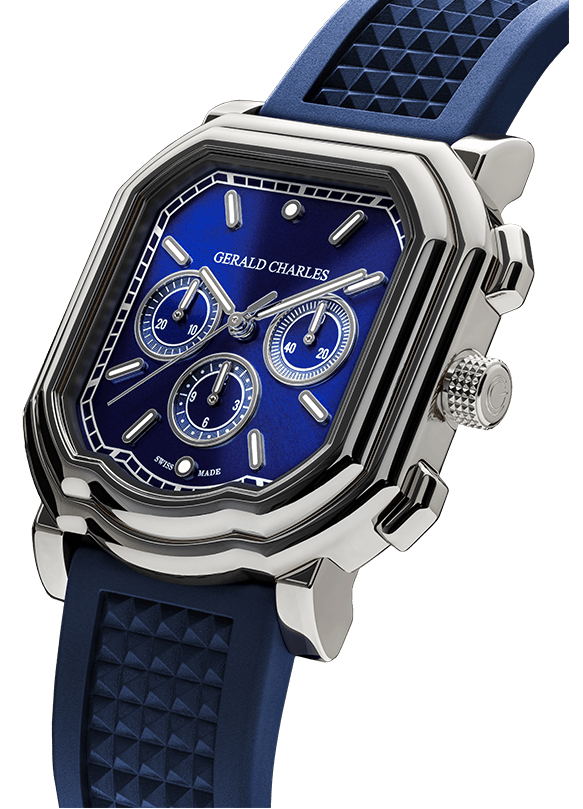


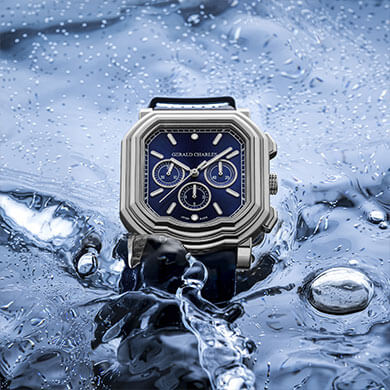

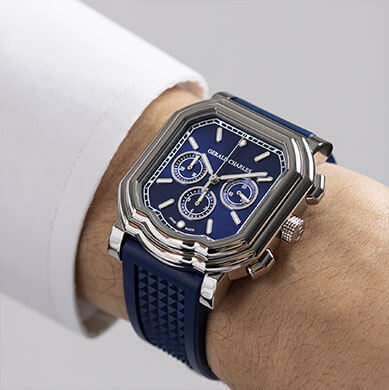



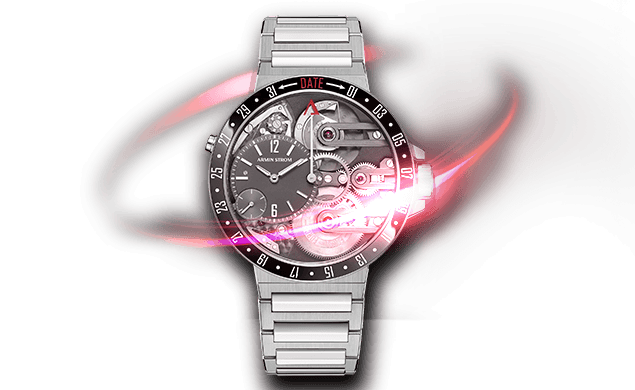
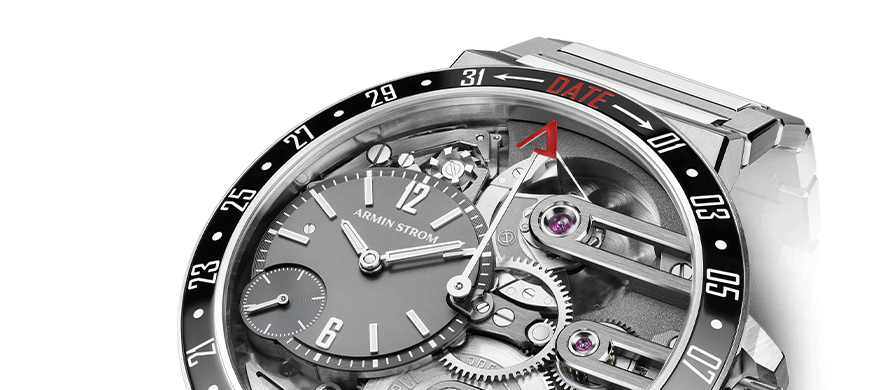
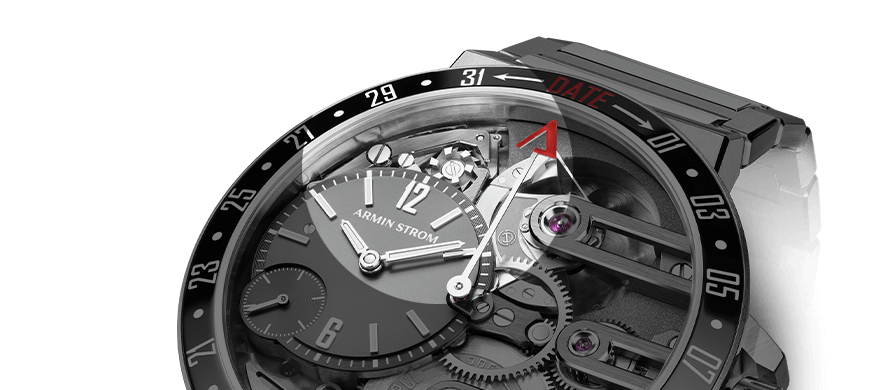


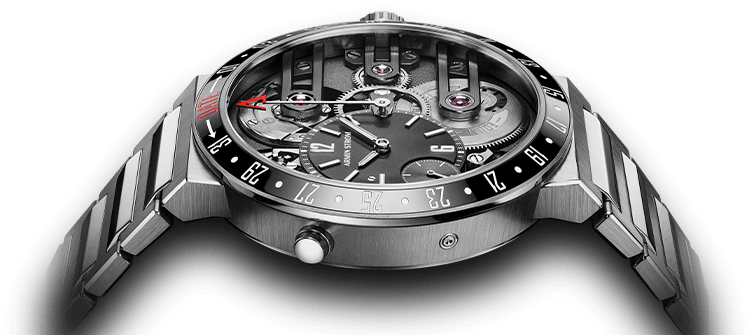


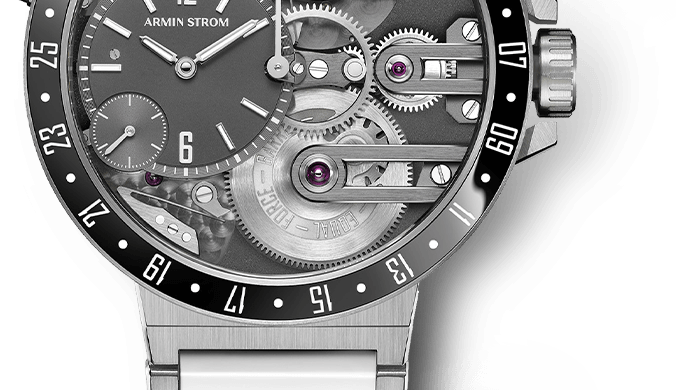



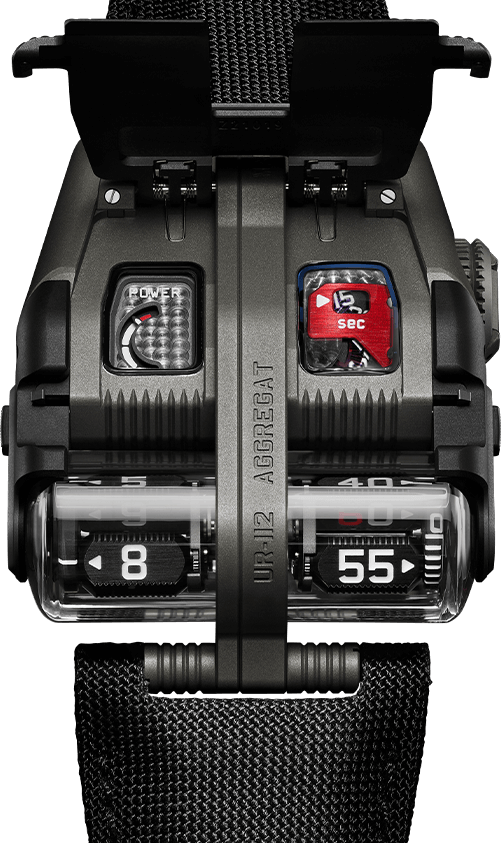

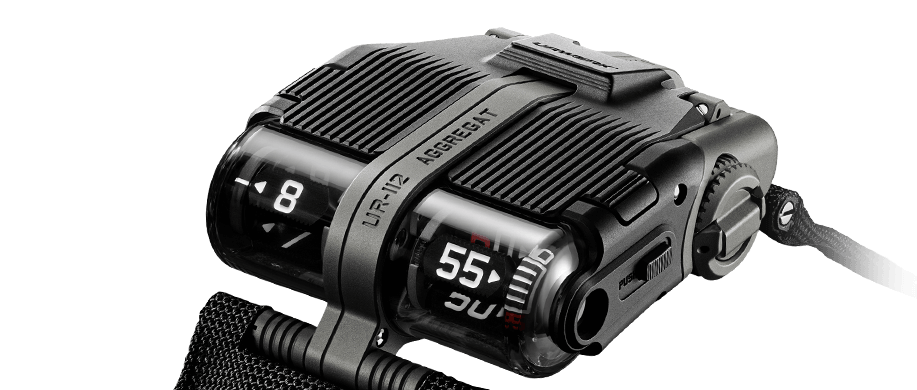

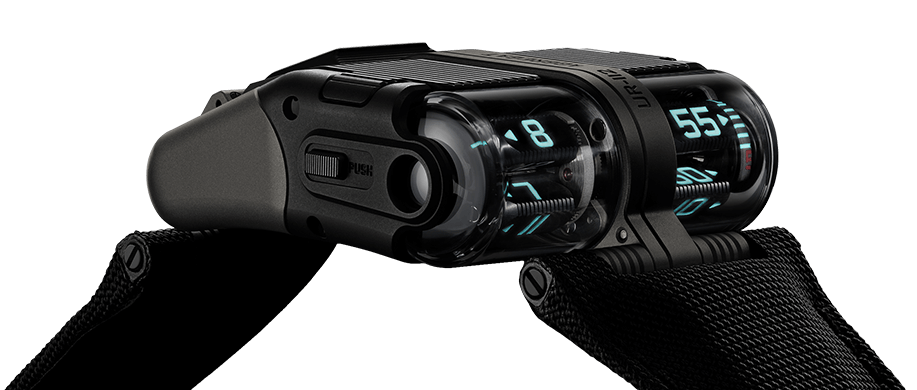


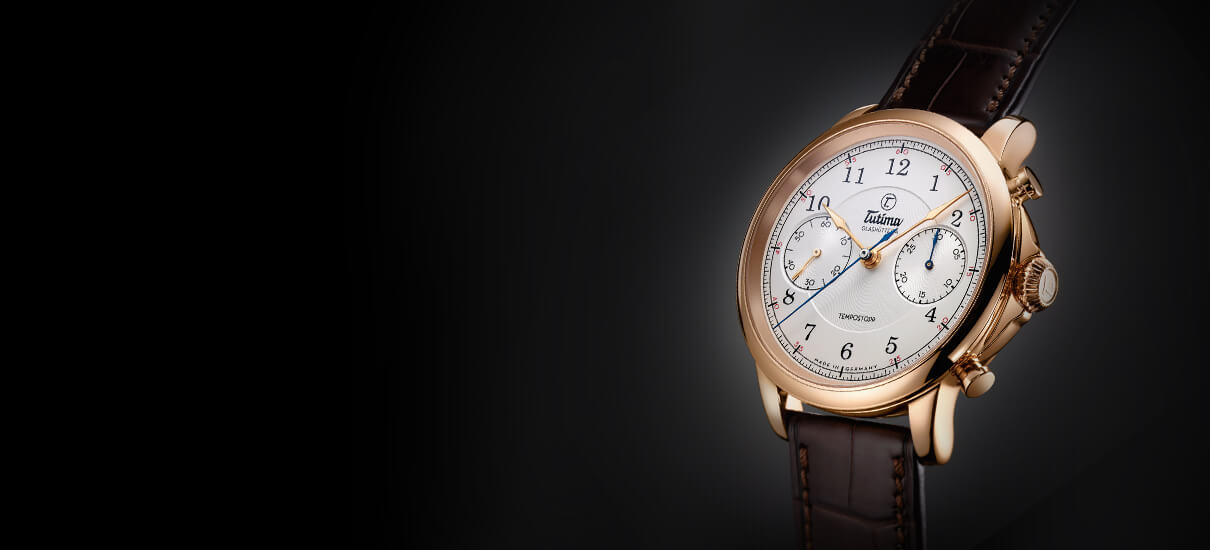

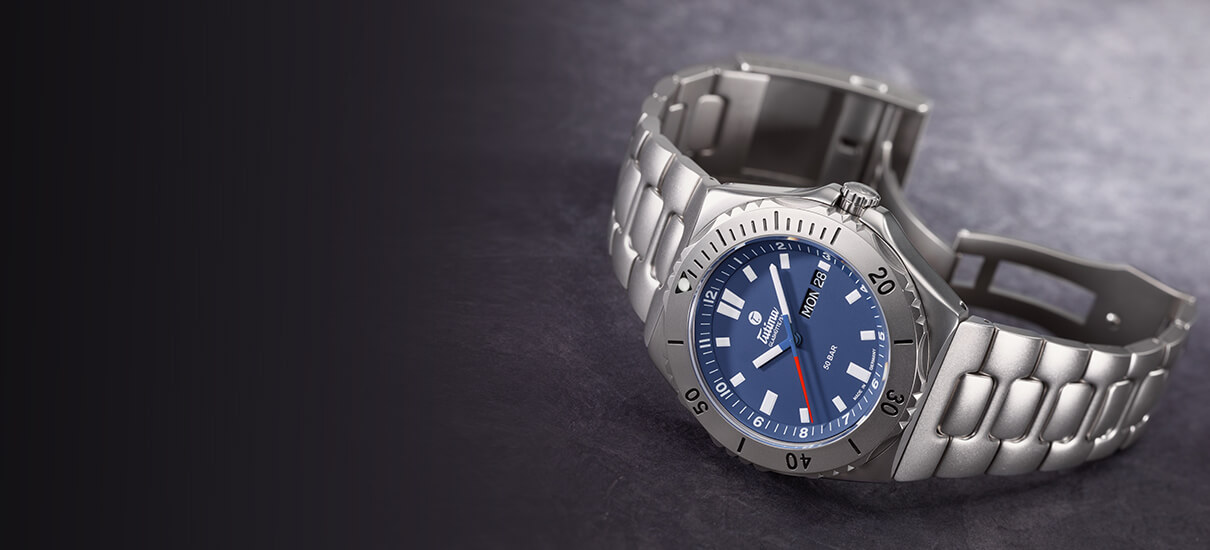

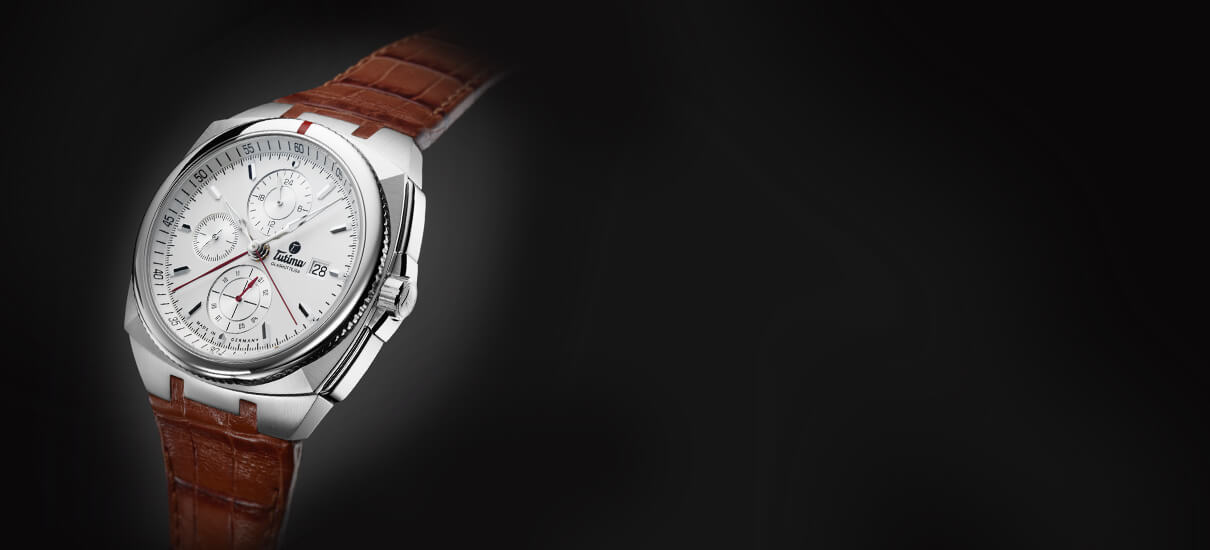

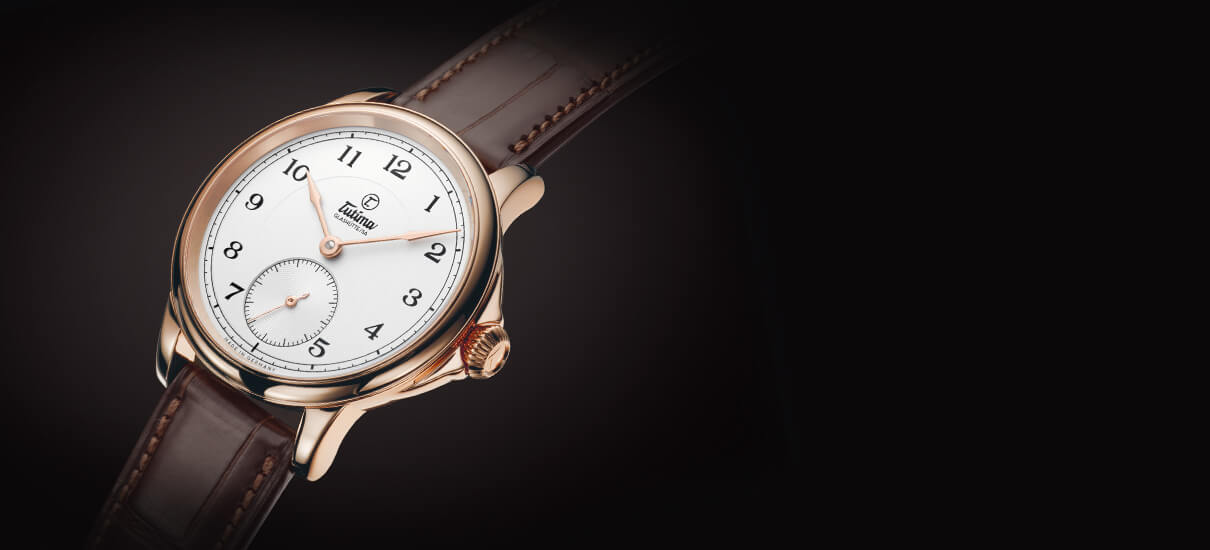

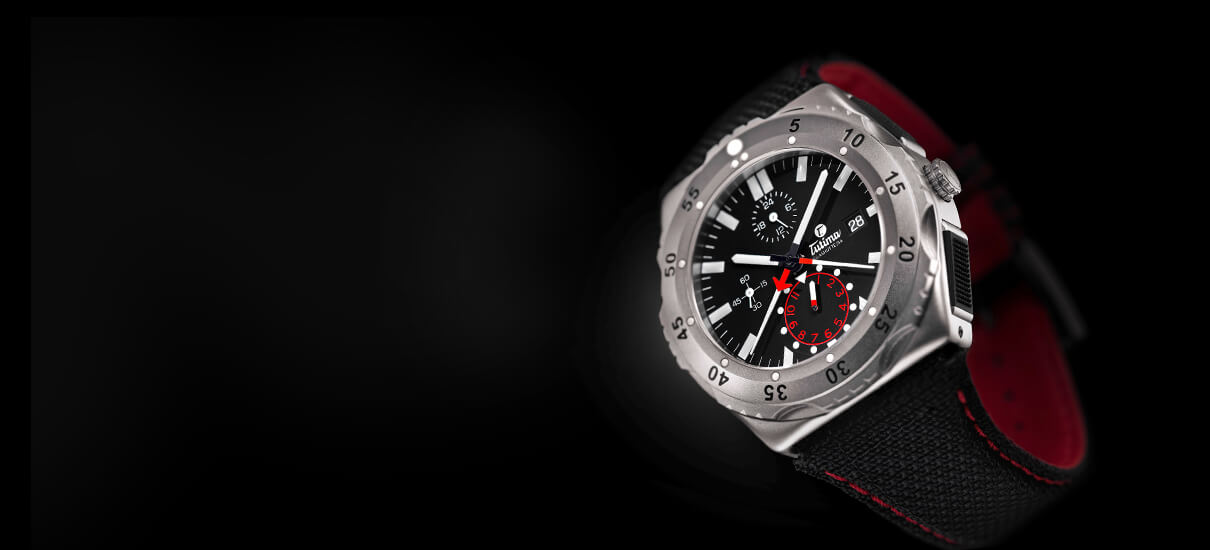



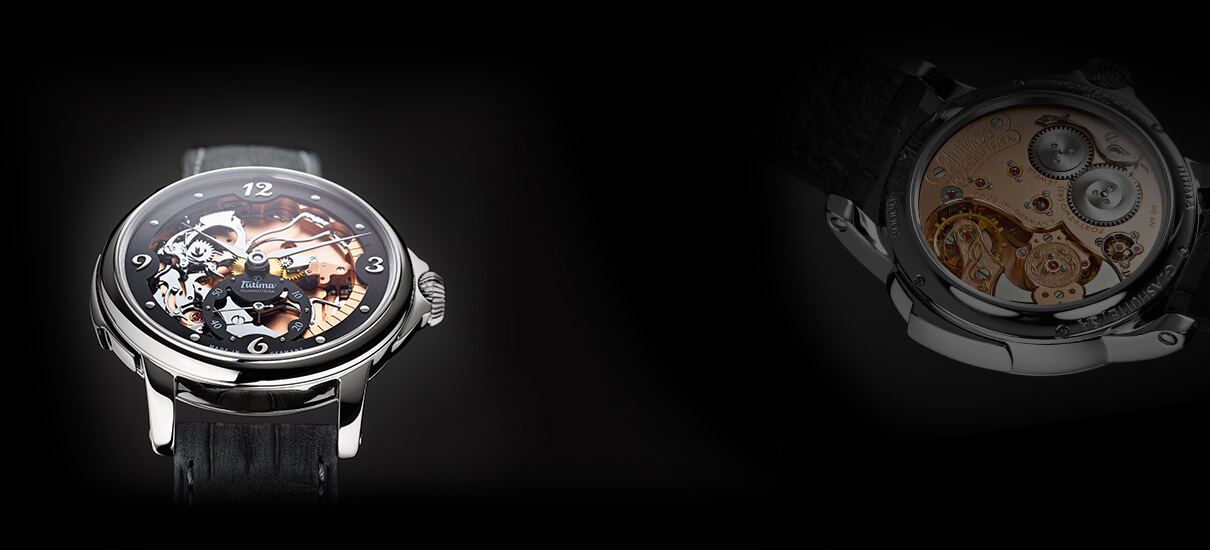



Leave a Reply
Want to join the discussion?Feel free to contribute!